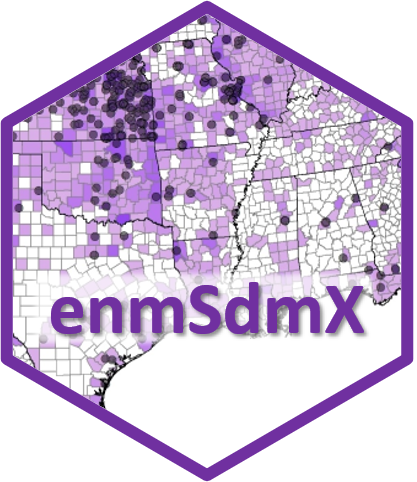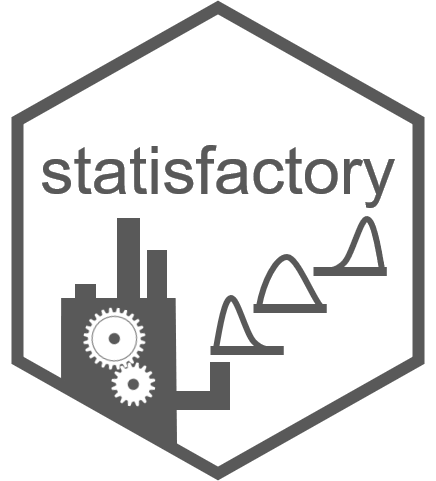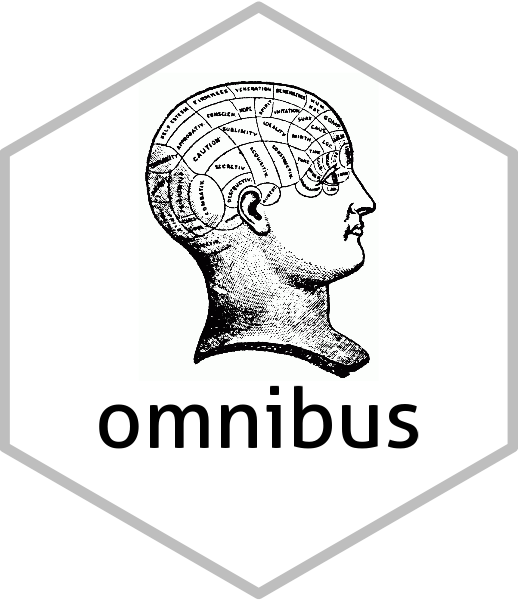
Package enmSdmX for R is a fully-featured package for species distribution modeling and ecological niche modeling:
- Bias correction
- Model tuning
- Biotic velocity
- Raster interpolation
- And more!

Package statisfactory for R contains a handful of useful statistical procedures:
- Aligned rank transform (useful for using rank data in ANOVAs)
- 2-dimensional histograms
- Histograms with overlapping bins
- Making all possible formulae from a set of predictors
- And more!

Package omnibus for R contains handfuls of handy helper functions!
- Make R display a message without having to click on the R console (
say()) - Display the corners of a large data frame or matrix (top left, top right, etc.;
corner()) - Conversion factors for unit conversions (e.g., feet to meters;
convertUnits()) - Find values not in a vector (
%notin%) - Recursive unlisting (
unlistRecursive()) - Handling equalities with
NAs (%<=na%,%>=na%, etc.) - Easily add leading zeros or other characters to a string (
prefix()) - And more!